538 Views
Balance Your Central Heating System

by
BrightNest
(IC: blogger)
It’s always annoying to set your thermostat to a perfect 73 degrees only to have one room in the house hover at a chilly 65 for no apparent reason. If uneven central heating is problem for you, it’s easy to fix, although it can take a bit of tinkering. Balance your central heating system so that every room in your house is comfortable.
Note: If you have a room that’s colder due to its position in the house – such as a basement – these steps probably won’t solve the issue. Try using a space heater instead!
1. Check for drafts. In some cases, a room might be too cold because heat is leaking out, rather than not having enough put in. Check the windows and exterior doors in colder rooms for drafts. To do this, simply hold your hand along the bottom and sides of a closed door or window. If you feel air moving, you have a draft! Try replacing the weather stripping on the door or window and see if that solves your temperature problem.
2. Clear the area around your cold air returns. These vents do not have any flow controls on them – they only draw cold air out of rooms rather than adding heat. If they’re clogged or blocked, the circular heating system in your house will be disrupted. Move any furniture, trash and dust bunnies away from your cold air returns. Wait an hour or so and see if the temperature of the room returns to normal.
3. Open your heat registers. Your heat register vents will have flow controls on them (generally a small lever). Open them fully in every room of the house. Set your thermostat to your target temperature and wait about an hour.
4. Find the hottest room. It doesn’t matter if you’re trying to fix a cold room or a hot room – you want to make adjustments on the hottest room in the house. If the hottest room receives a lot of sun, wait until the sun goes down before making adjustments. Also, be sure to leave any bedroom and bathroom doors open so the flow of your heating system isn’t being blocked.
5. Adjust the vent in the hottest room. Start by reducing the flow by half. Wait about an hour, and see if that brings the room’s temperature down to the target level. If it doesn’t, reduce the flow by half again. Repeat as many times as necessary. Tip: If you want to be exact, use a room thermometer to get a more accurate reading.
6. Move to the next hottest room. Repeat step #5 for the next 1-2 hottest rooms in the house. If you had a problem with a cold room, check that room’s temperature again. Lowering the heat in the warmest rooms should free up some spare heat that will now be flowing into your cold room. Problem solved!
More winter tips: http://bit.ly/1dVAXbb
Note: If you have a room that’s colder due to its position in the house – such as a basement – these steps probably won’t solve the issue. Try using a space heater instead!
1. Check for drafts. In some cases, a room might be too cold because heat is leaking out, rather than not having enough put in. Check the windows and exterior doors in colder rooms for drafts. To do this, simply hold your hand along the bottom and sides of a closed door or window. If you feel air moving, you have a draft! Try replacing the weather stripping on the door or window and see if that solves your temperature problem.
2. Clear the area around your cold air returns. These vents do not have any flow controls on them – they only draw cold air out of rooms rather than adding heat. If they’re clogged or blocked, the circular heating system in your house will be disrupted. Move any furniture, trash and dust bunnies away from your cold air returns. Wait an hour or so and see if the temperature of the room returns to normal.
3. Open your heat registers. Your heat register vents will have flow controls on them (generally a small lever). Open them fully in every room of the house. Set your thermostat to your target temperature and wait about an hour.
4. Find the hottest room. It doesn’t matter if you’re trying to fix a cold room or a hot room – you want to make adjustments on the hottest room in the house. If the hottest room receives a lot of sun, wait until the sun goes down before making adjustments. Also, be sure to leave any bedroom and bathroom doors open so the flow of your heating system isn’t being blocked.
5. Adjust the vent in the hottest room. Start by reducing the flow by half. Wait about an hour, and see if that brings the room’s temperature down to the target level. If it doesn’t, reduce the flow by half again. Repeat as many times as necessary. Tip: If you want to be exact, use a room thermometer to get a more accurate reading.
6. Move to the next hottest room. Repeat step #5 for the next 1-2 hottest rooms in the house. If you had a problem with a cold room, check that room’s temperature again. Lowering the heat in the warmest rooms should free up some spare heat that will now be flowing into your cold room. Problem solved!
More winter tips: http://bit.ly/1dVAXbb
Enjoyed the project?

Want more details about this and other DIY projects? Check out my blog post!
Published January 8th, 2014 10:38 AM





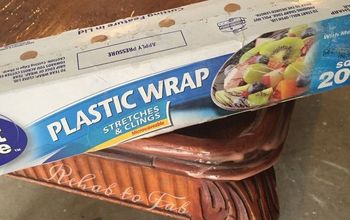
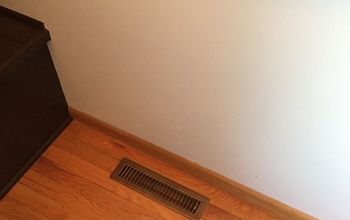
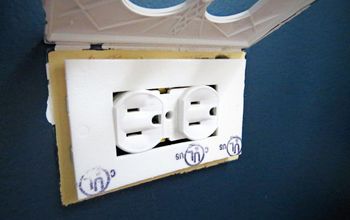
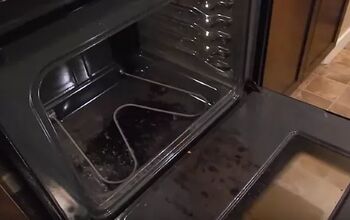


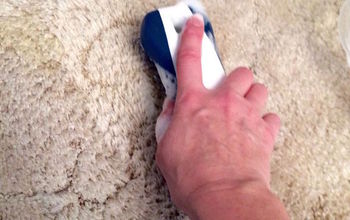

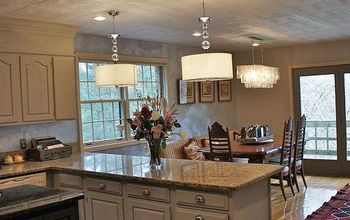

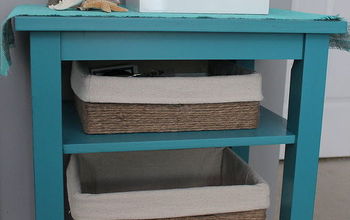








Frequently asked questions
Have a question about this project?